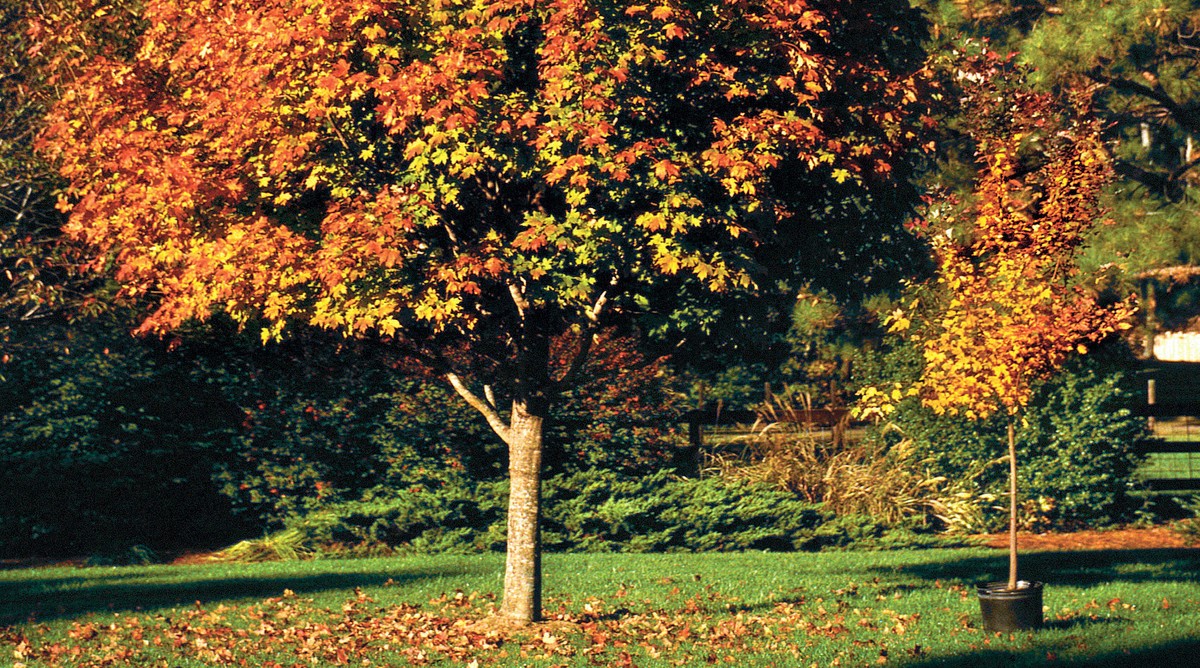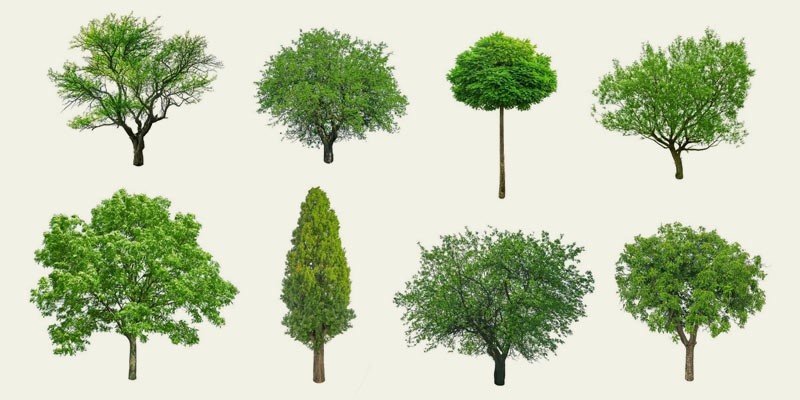Picking the correct urban tree for your needs may be tough, as there are various factors to thik about that can imoact what urban trees you can plant, when it will grow and where they can be planted. There are three main factors to consider when choosing city trees to plant, these are as follows:
Environmental factors
Temperature – minimum and maximum throughout the year
Rainfall and Humidity – climate
Altitude – especially related in the tropics
Pests and vulnerability to local diseases
Air Pollution – urban areas

- Tree factor
Highest adult size
Canopy size and distance of root spread
Trimming upkeep schedule
Amount of debris, fruit, leaf droplets
Growing habits, shapes, crowns and shapes
Cooling and shading factors – temperature moderation abilities
Appearance – trees that flower, shade values, landscape value and appearance
- Place factor
Building – proximity to, framing, and filtering
Overhead and underground utilities – electricity, water, sewers, TV, telephone
Along the sidewalks, courtyards and small town parks
The root zone area is limited
Encroachment to adjacent properties
Parking and island parking

When choosing a city tree to plant, it is important to determine the type of city tree that is suitable for your environment and your needs. You should think about the fact that different town trees flourish in different climates and soil types, for example, willow trees that need plenty of water will struggle to grow in the desert but will thrive on the banks of rivers. Get help with trees in your garden by contacting a Bournemouth Tree Surgeon like kieranboylandtreeservices.com
The principle element in the process of selecting a city tree is to match the city tree with the size of the area where the tree will be positioned. Think about how big an urban tree will be when it fully grows and how this will affect the surrounding area and whether the desired influence can be fulfilled. A large area will support larger trees better than a small front yard / yard.
Proximity
It is important to consider the proximity of city trees with buildings, driveways, sidewalks, roads, overheads and buried cables and sewage systems. Consider the impact that will be caused by the roots and branches of the tree, and the damage that might be caused if it is located near a poor foundation, asphalt / concrete structure or drainage structure.
Climate
The climate in which city trees will be located will affect their ability to develop, but the placement and type of city trees can affect climate control in an area. Urban trees that are planted along the southern, eastern and western borders can provide shade during the summer but blur the sun in winter when rare. Evergreens can act as a windbreak and reduce heating costs in winter if planted on the north and west sides of the property.


